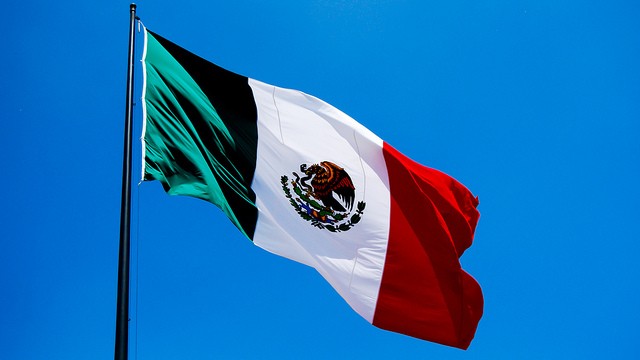
This is a painful post to write.
I am guilty, in my sordid past as a food writer, of all of these. I'm still no expert on Mexican food–part of its allure is that no matter how much I learn, there's still some abuelita in a forgotten rancho in a state all but ignored on signs on restaurants here who's making something special with the food she has available to her. I'm grateful to all the people who've helped to educate me in one of the great cuisines of the world.
]
1. Beans aren't served with seafood.
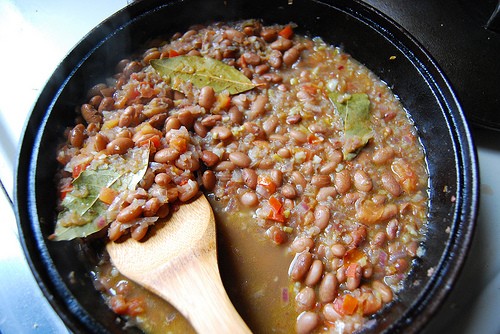
Beans and rice, beans and rice, beans and rice. You could be excused for thinking the duo was mandatory with every dish if your experience were only Mexican restaurants in the United States. Seafood isn't served with beans; the seafood is the protein, and the flavor of beans doesn't go well with the astoundingly excellent fruits of the sea pulled from the Pacific and Caribbean. Unfortunately, in the U.S., even places that purport to be authentic often serve beans and rice alongside dishes that wouldn't see them in Mexico because they're tired of the questions.
2. Spanish rice is common and authentic, but not exclusive.
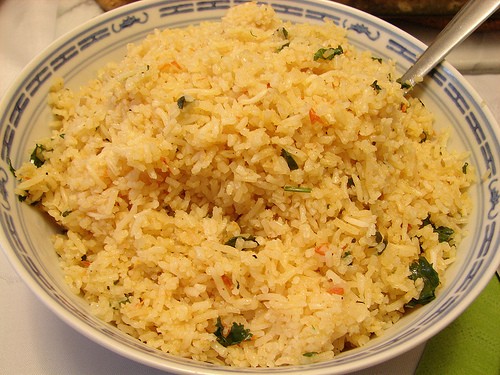
The first time I was served white rice in a “real” Mexican restaurant, I actually said something to the effect of “But it isn't orange!” The owner smiled and said that white rice is the usual rice served in Mexico. Spanish rice gets its color from either tomato sauce or chile sauce if red or from bouillon or stock (and sometimes annatto) if yellow; those flavors may not match the accompanying protein. Mole always comes with white rice; seafood usually does, too.
3. Carnitas aren't supposed to be stringy.
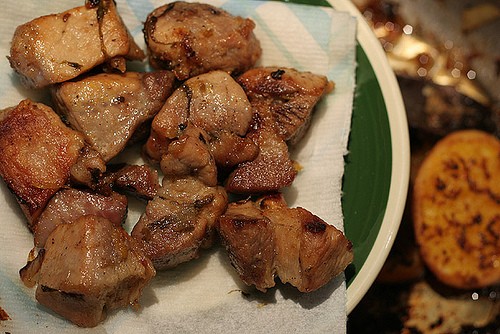
To someone used to Mexican-American restaurants, the division is simple: Chicken is chicken; beef is chopped into small, square-ish bits; and carnitas are stringy, like pulled pork. Right? Wrong. Real carnitas, called surtido de carnitas (“variety of little meats”), are made from all parts of the pig–esophagus, uterus, neck, the works–and tend to be chopped fine. The result, if they've been fried properly in a slowly bubbling cazo of lard, is one of the finest, porkiest tastes ever, as well as a mix of textures. The stringy maciza (shoulder) is only one part of it.
4. Chiles are not interchangeable.

The state question of New Mexico is “Red or green?” This makes sense because New Mexico's famous chiles come in two colors. Unfortunately, this traffic-light taxonomy doesn't hold up in Mexico. Green chiles? Which ones? Serranos, jalapeños, chilacas or poblanos? Red? There are dozens of kinds. Each chile, under its capsaicin burn, lends a particular flavor, which is why moles made in the United States won't taste the same as moles made in Mexico; the chiles common in Oaxaca are hard to find here.
5. Tacos are not normally a dinner.
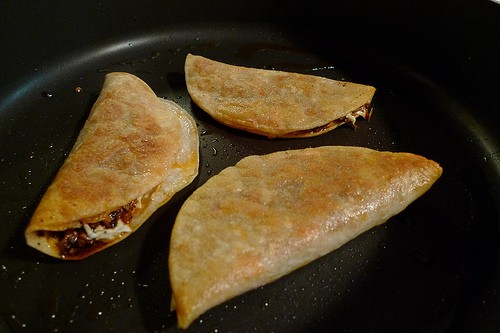
While you might make a meal out of tacos, they belong to a set of Mexican dishes called antojitos, meant as snacks or as street food, not as a sit-down dinner. It'd be the equivalent of making a meal out of tapas–common in the U.S., not so common in Spain. Why tacos are disdained and enchiladas are a normal dinner will have to remain a mystery known only to the keepers of Mexican-food lore.
Follow Stick a Fork In It on Twitter @ocweeklyfood or on Facebook.

